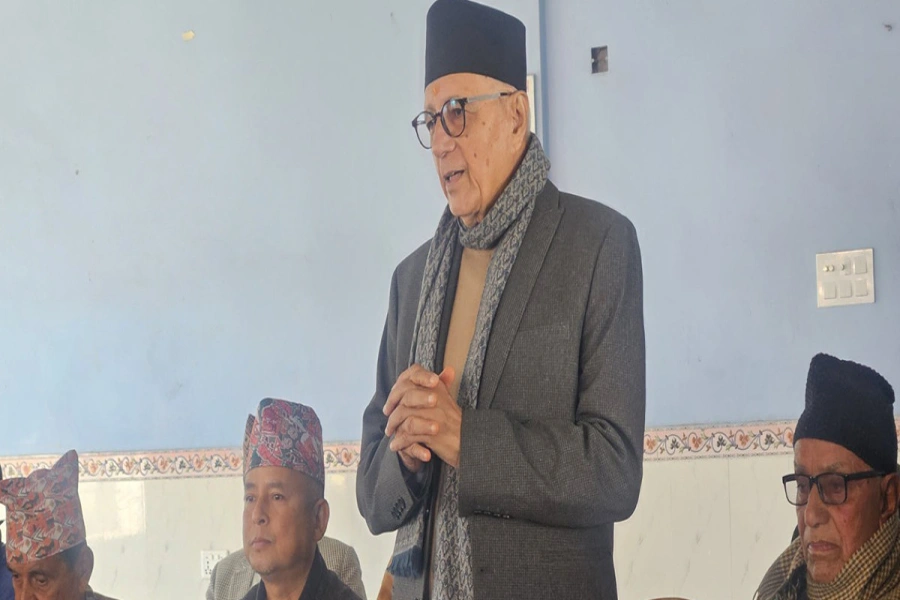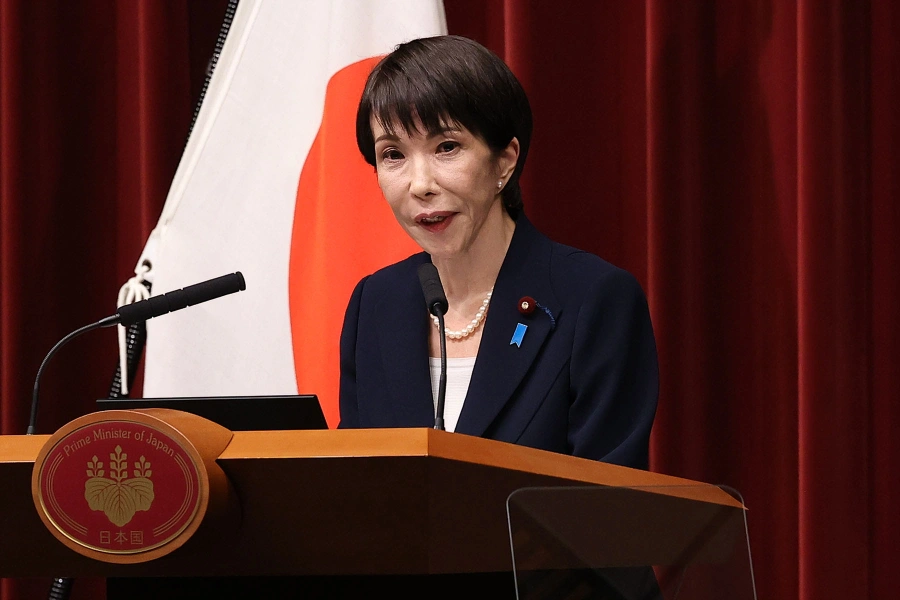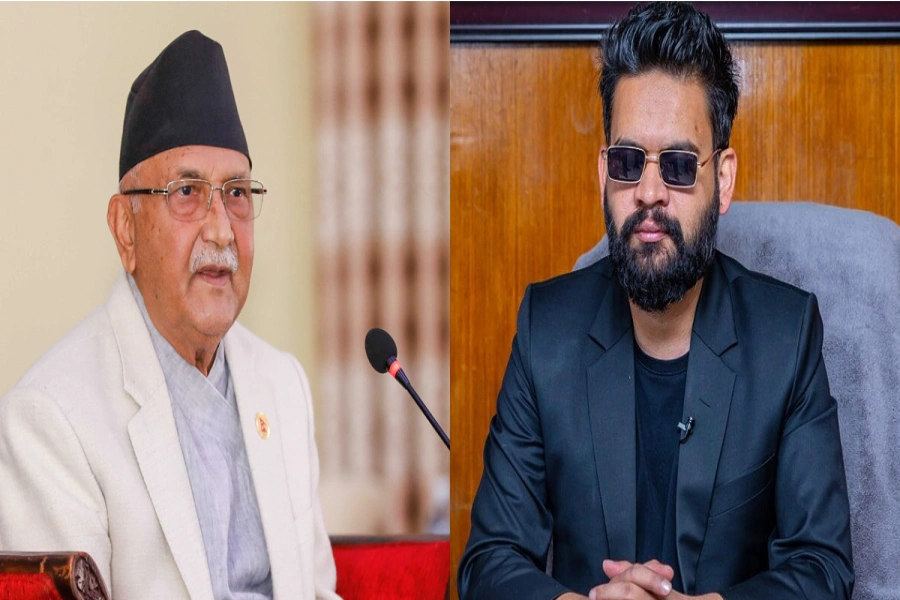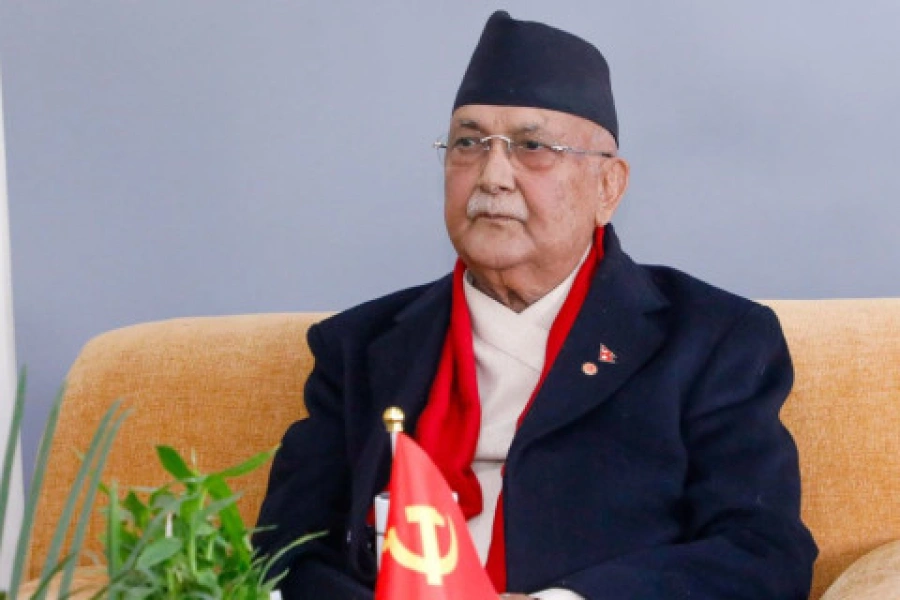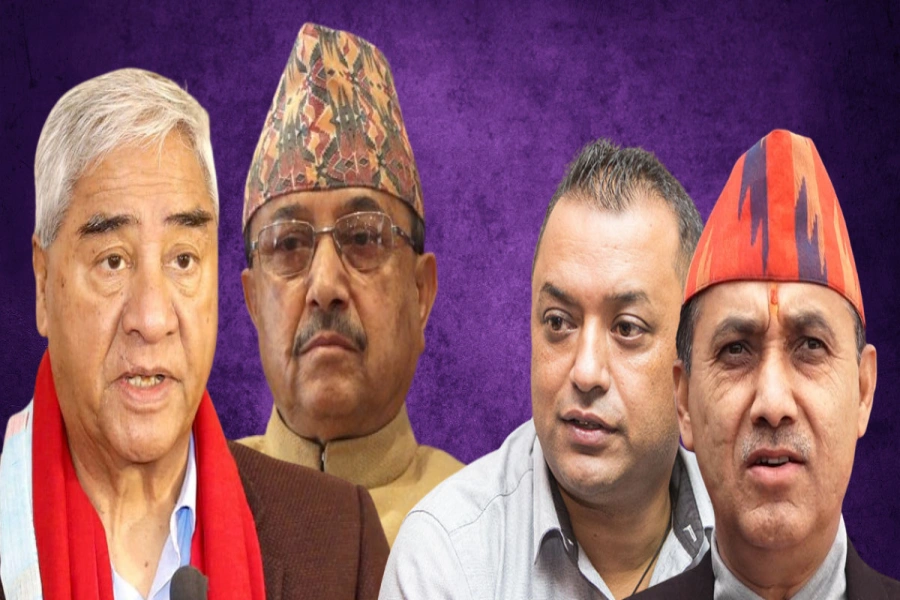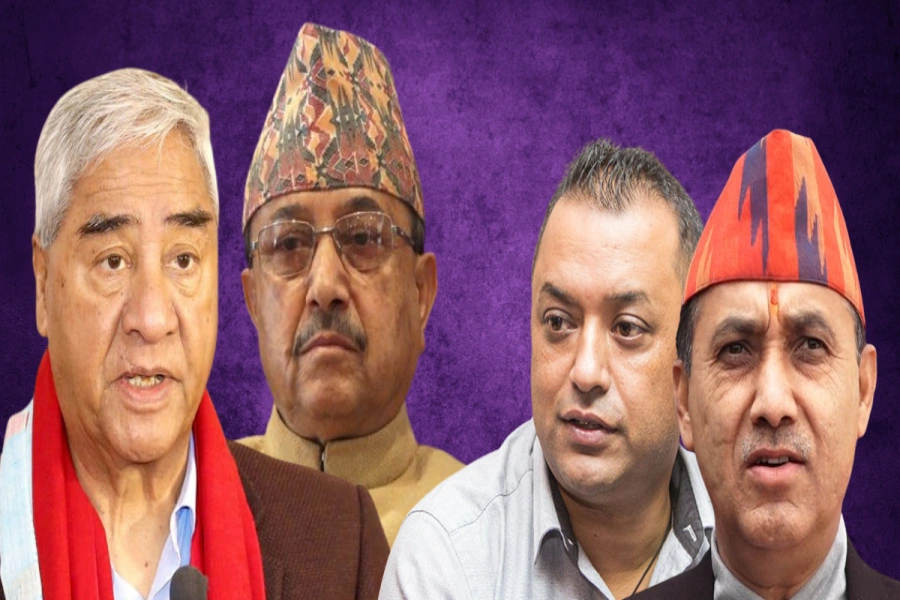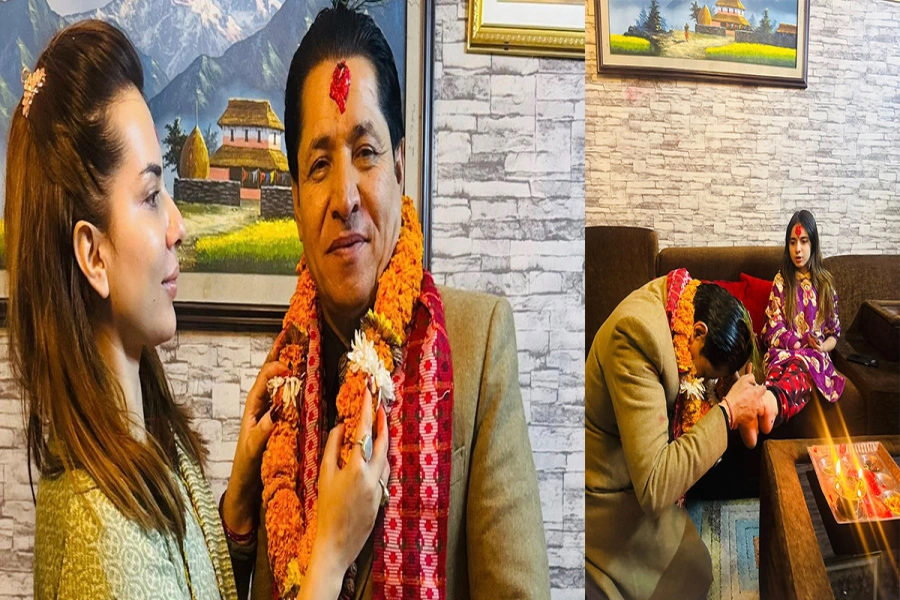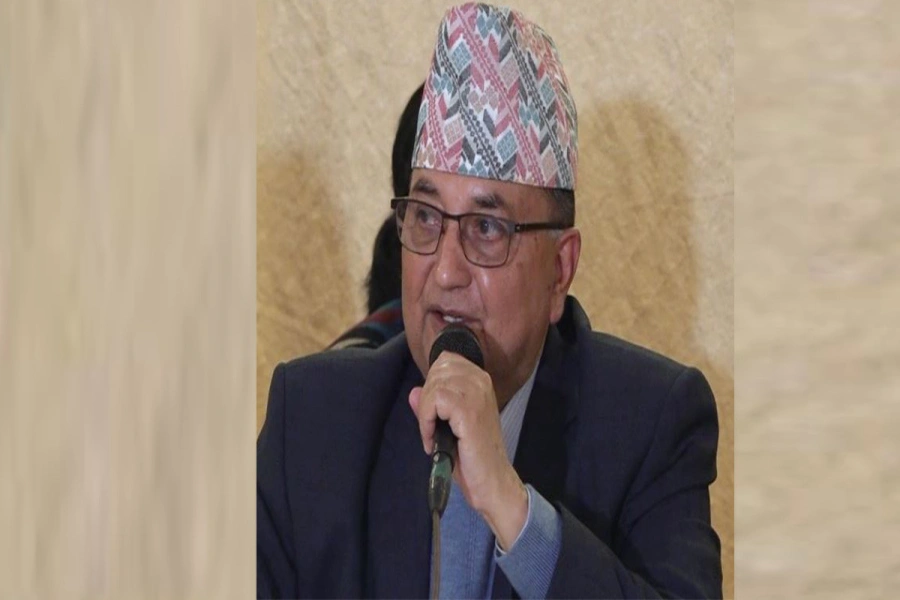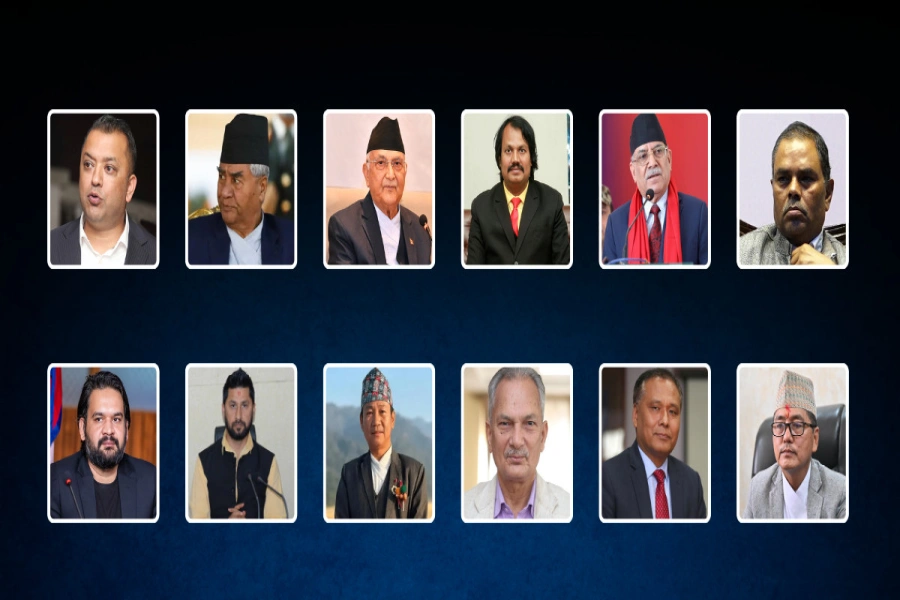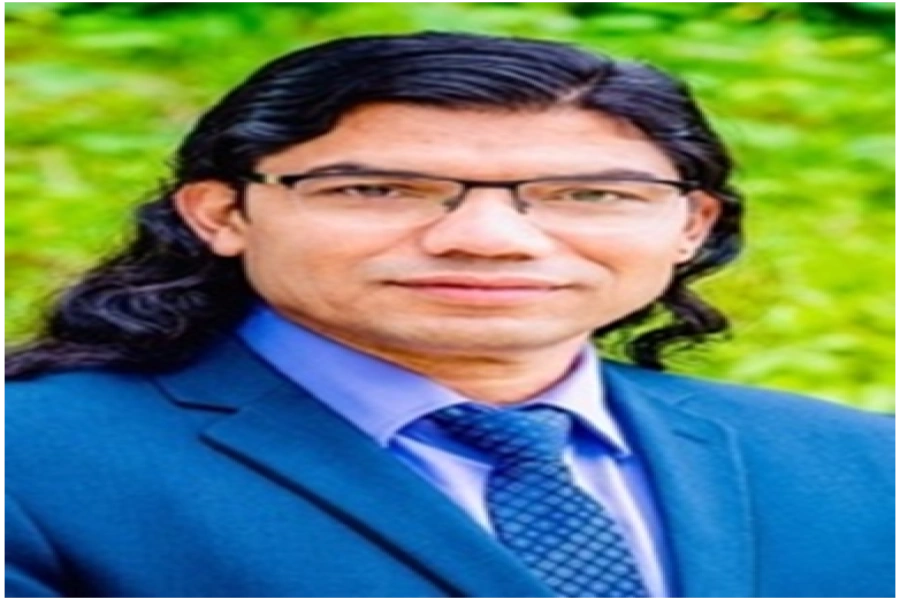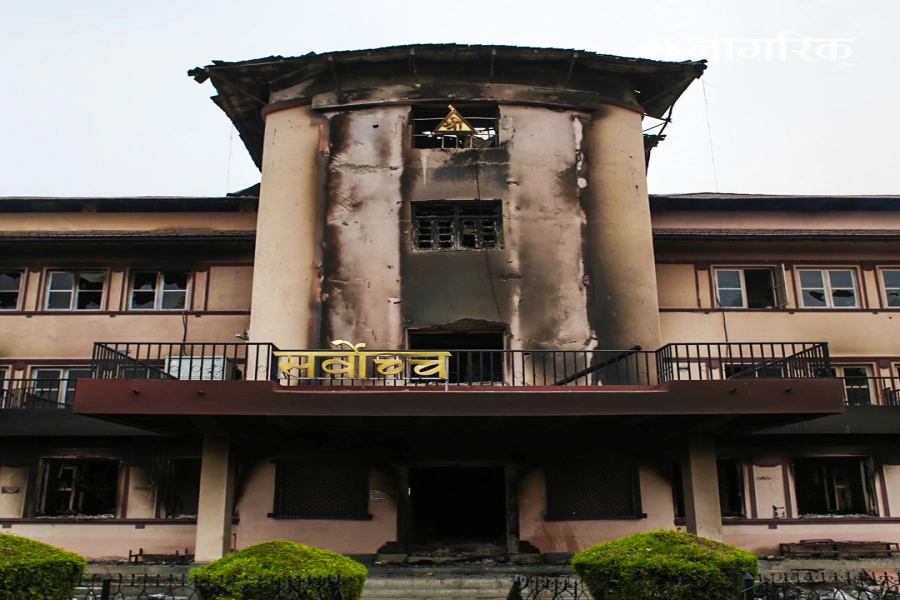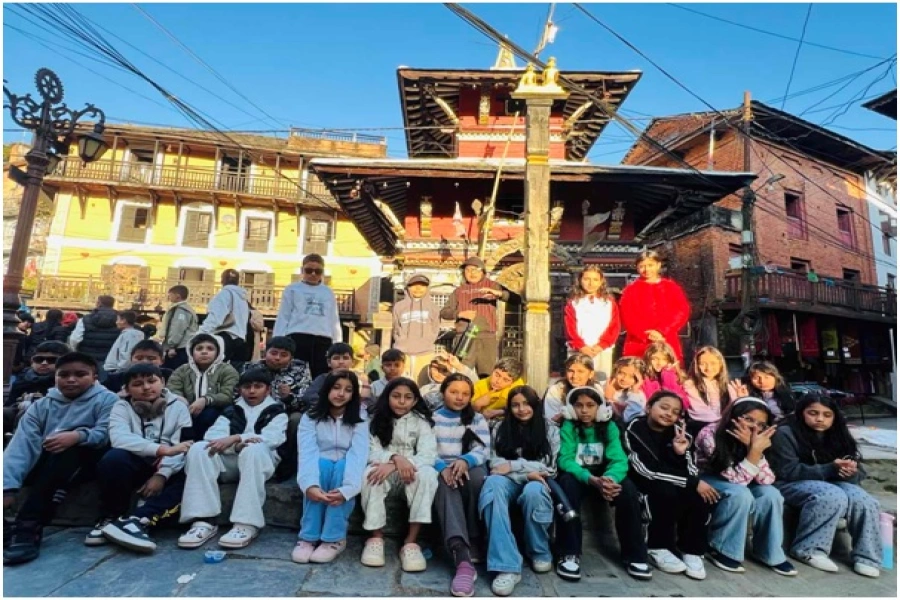As Nepali brand of Marxism is getting sclerosed beyond recognition, we need to remember and revisit Parijat and her works with even more urgency
Baisakh brings memories of Parijat, the celebrated writer whose life was no less spectacular than her epic novels. She is a literary genius known not only for her entrancing writing style but also for artistic presentation of contemporary philosophies in works of literature: existential nihilism, absurdism, anarchism and Marxism. With 10 novels, three collections each of poetry, story and memoirs and one essay collection on women’s liberation, Parijat has left such a deep imprint of her persona that it would be impossible to imagine Nepali literature without mentioning her. Indeed, there is a general consensus that after Laxmi Prasad Devkota, Parijat is the most versatile and gifted talent Nepal has ever produced.
It should not be forgotten, however, that her literature, as expression of the said philosophical standpoints, was not so much of the process of transformation of her knowledge and outlooks into literary content and forms. Her literary works were creative expression of her own life experience and understandings (or misunderstandings) emanating from her continuous effort to search for meaning of life and to deal with society’s contradictions.
Enduring deaths of loved ones and witnessing domestic violence of relatives in early childhood, suffering from crippling disease of rheumatoid arthritis from the adolescence, rejecting out of fear of intimacy the man she loved until her death, and acknowledging no escape from a meaningless life one has to carry the burden of living without any purpose: the absurdity of life became the Truth for Parijat and despair, hopelessness and wish for death a constant companion in the early phase of her writing career. However, it was only one chapter of her book of life.
Absurdity of life
Living through the experience of absurdity of life and death made her a nihilist and absurdist, wandering among people and facing their criticisms and encouragements led her first to a kind of rebellious anarchism with a brief rendezvous with Herbert Marcuse, Che Guevara and Regis Debray and then finally to Marxism. The organic blend of her life and her work made possible each turn and twists of her continuously evolving thought process to find expression in her literary creation. Only a few in the literary world could rival such lucid account of internal journey of self-introspection and self-realization, honesty and forthrightness in presenting it to the readers.
She distinguished herself as those rare breed of writer who used literature as weapon against all kind of oppression, injustice and tyranny of patriarchal society. She once said “literature is the weapon of class struggle.” And she did not flinch from this position. Her defiance blazed even after her death with a portrait of Lenin near the head end of her body. Such defiance was hard to ignore at a time when Soviet Union had disintegrated and Lenin’s statues were being decimated by the then government of new Russia. Many distinguished writers, even political leaders, had difficulty to accept that it was Parijat’s wish to be so. They saw conspiracy of communists, a kind of dirty politics, over the dead body of Parijat. How miserably they have failed to understand her.
Parijat’s worldview
A few years before death she had distanced herself from the communist party of two-decade active involvement, even then she would not give up the philosophy that had given her new lease of life and optimism. From a worldview of meaninglessness of life and death, and the absurdity of searching for any meaning in such meaningless world, she had walked a long distance to arrive to another worldview that had given her purpose of life and indomitable will to live, earning her another name Aparajita. In one of letters to me she had written: “I would have committed suicide or be dependent on drugs if I had not found Marxism-Leninism on time.” It would be more fitting to say, in my opinion, that the portrait of Lenin near hear head was her way of expressing her personal gratitude and asserting invincibility of this live-giving philosophy at the same time.
Remembering Parijat (biopic)

The issues against which Parijat fought with such ferocity and tenacity still claws Nepali society. She had asserted her existence in a male dominated society and male dominated literature. Things have not changed much now, rather the violence against the women, children and the marginalized have either increased many times or reported more frankly than before. We feel encouraged to see strong voice and collective action of resistance against such acts, especially of women of younger generation, and that gives us hope. But we also see ridicules and disregards and outright opposition when someone musters up courage to speak her mind and heart. For thousands of years women were told how to live and behave. Now when they speak how they want to live and behave the fabric of our society finds itself in a mortal danger and they are told to shut up. The young ones can imagine the time of Parijat when she was up against these issues and fought almost alone. Parijat and her struggles are much relevant today since our present has not gone past these issues. Parijat should be read again in contemporary discourse and written about too.
To write about Parijat is difficult and delicate task for me. I am perhaps one of the few people alive to whom she confided, mostly through her letters, the most intimate of her thoughts: sufferings, fears and hopes, love and sexuality and internal struggles within left movement. A few of these letters has already been published and widely read. These letters are testimony of the unsurpassed frankness and most sincere of her efforts to understand her own complex feelings and fears, of tragedy of love and aggression on sexual act. She herself said “no other person, even Sukanya” (her sister and alter ego) “know of her confessions and feelings regarding these controversial issues of her life.” She was aware that controversy may follow her even after death and trusted me to do justice with these letters when needed.
The trust shown by Parijat weighed too heavy on my shoulder. I wrote ‘Remembering Parijat’ series for about six years for Nepal Digest reader while studying in the US. Then I stopped for about 20 years. I also wrote ‘Patramaa Pokhiyeki Parijat’ (“Parijat Spilled over Letters”) and ‘Parijat Jiudaharu ko Manasmaa’ (“Parijat in the Memory of the Living ones”). But that was apparently far too few of what was expected. Some people like Ahuti, exasperated by my silence perhaps, appears to be losing his own patience, calling me names for not writing when I should. The reason for not writing was mainly because I did not feel competent to write on the subject of Parijat and her work. The more I tried the more I felt I am not doing justice to her. I felt that one has to have the ability to comprehend such a vast canvas of life, and have ability to understand her work in the socio-politico-philosophical context in which they were written. And there were other urgent tasks and important distractions as well: Struggle for Constituent Assembly and democratic republic.
I hoped a generation of critics would come forward to do justice to the complexity of this great writer’s life and work. But that expectation was not to be met, or at best only met partially. I found that most of the later generation critics were either mainly repeating what was said by earlier influential critics—Iswar Baral, Govinda Bhatta, Basudev Tripathi, Ninu Chapagain, Chaitanya Mishra etc—or influential admirers such as Shanker Laamichhane. Others were trying to squeeze and interpret her work according to their own limited theoretical framework and philosophical knowledge. JS Tripathi and Dr Pokharel were exceptions of course. Recent effort like Parijat special issue, Bhrikuti, is a welcome endeavor in this regard. Parijat is definitely one of the most talked about and researched writers of Nepal. But the corpus of literature on her, even though vast, is lamentably inadequate in deepening our understanding. Time has come for a new generation to see further standing on the shoulder of their giant predecessors.
I offer two (out of many) reasons for undertaking such task. Most discourse on Parijat begins from a scenario where she is engulfed in meaningless existence, hopelessness and sufferings of an intractable crippling disease. Then after going through a dramatic transition period of Ralpha rebellion, she metamorphoses into a Marxist revolutionary. Her own confession reveals that this transition period had been the most painful period of her life both physically and mentally. If she has been tempered through the fire of practice, one should assume that she already was the stuff capable to endure it and come out even stronger. So the question is how was that stuff made?
Existence and essence
Without directing our gaze in the period before the publication of Sirish ko Phool it may not be possible to find the answer. This question is especially important because in similar circumstances another great talent, a close friend of Parijat and the darling of the Left, poet Bhupi Serchan ‘Sarvahara’ was disowning his radical past. Willfully kneeling down before the powers of status quo he had declared “I have suffered from two Kas”—Kavis (poets) and Kammunist (communist).
The second reason is the philosophical categories associated with her literary works demands deeper probe as there are many shades of existentialism, anarchism and Marxism. Very often Nepali critiques, while discussing existential angst ascribed to her works such as Shirishko Phool, have lumped words and philosophers together, existentialism-absurdism, Camus-Sartre, for example. Whether Sirishko Phool or any other of Parijat’s work has anything to do with these labels are beside the point here and would need a detailed inquiry to enter into a debate. My submission is just that when we discuss about these standpoints we try our best to present the essence of the subject matter under discussion so that the readers are enlightened or at least informed about these philosophical standpoints. For example, existentialism and absurdism are mainly associated with Jean Paul Sartre and Albert Camus respectively and take different position regarding (wo)men’s search for meaning of life. Mixing them together indiscriminately would only blur the clarity of understanding.
For Camus absurdity appears when someone strives to search for meaning in a meaningless world. Acceptance of the truth of meaningless life and courage to live in despair is the highest virtue for him and at the same time a rebellious act of an individual. His mythical hero Sysiphus is cursed to push a huge boulder to the top of the mountain, from where it rolls down again and he has to repeat the act infinitely. But he does that meaningless job without complaining. Camus “imagines” that Sysiphus “must be happy” in such despair and prescribes such happiness to humanity.
There is no inherent meaning of life for Sartre either. Existence precedes essence, he said, but through our act we can create meaning and essence. Human praxis creates history as well as meaning through a conscious choice and interventions. Sartre was drawn to Marxism, class struggle and revolution while Camus took the path in opposite direction. Companions and intellectual leaders of anti-fascist resistant movement, their ways parted in 1952 and their friendship ended by a sharp rebuke from Sartre, to an equally burly letter from Camus about his just published work The Rebel. It is worthwhile to revisit Sartre’s acerbic comments to Camus:
“...In short, it was not your intention to “make history” as Marx says, but to prevent from being made. Proof lies in the fact that , after the war you merely had in mind a return to the status quo ante[...]After serving your five years with history, you thought you (and the whole of the humanity) could return to the despair in which man must find happiness.”
Even though submerged in despair for a sizeable chunk of time, Parijat clearly did not tread the path shown by Camus although she liked his works. She appears rather close to Sartre in conviction even though she does not mention reading his works. Both seem to have embraced Marxism in similar desperate situations.
Sartre describes his tryst with Marxism in the same letter to Camus: “..After ten years of ruminating, I had come to the breaking point, and needed only that one last straw. In the language of the church this was my conversion[...] In the name of those principles which it had inculcated in me , in the name of its humanism and its “humanities” in the name of liberty, equality, fraternity, I swore to the bourgeoisie a hatred which would only die with me.”
Sartre was to declare later that “Marxism remains the philosophy of our time” and “we cannot go beyond it because we have not gone beyond the circumstances that had endangered it.” But this declaration also came with the acknowledgement that Marxism has sclerosed “not because of normal aging” but “by a worldwide combination of circumstances of a particular type” and it needed a reinvigorating dose of existentialism for cure. His magnum opus Critique of Dialectical Reason was such an attempt. Parijat too believed Marxism is the philosophy of our time, of liberation of oppressed and the marginalized, of human emancipation. In a much different circumstances from France, she suffered from dogmas of Marxist movement as well which are naturally accentuated in a country like Nepal with predominantly ‘Asiatic’ mode of production. But she did not prescribe existentialism to correct Marxism.
Embrace life
Her remedy was to embrace life itself that would help us grow out of the sclerosis of a theoretical integument. She would do what she could do best—make conscious effort for a deeper understanding of the heart and mind of people in movement, hence in her literature. From her own experience accumulated over more than half a century she could see why a line from Goethe was so dear to Lenin: “Theory my friend is grey, green is the eternal tree of life.”
The eternal tree of life would burst asunder the sclerosed integument of Marxist theory when needed, giving its essence a new life, if it can keep close to the pulsating beat of struggling people. I believe Parijat’s literature did just that helping a generation to bring closer to understanding of life and shaping the essence of Marxism. If she were here today, I am sure the sight of Ilam tea-laborers sleeping on the streets demanding the execution of the labor act pronounced by Nepal Government itself would unleash her ire, sympathy and solidarity through her gifted pen.
At present when Nepali brand of Marxism is getting sclerosed beyond recognition, and its arbiter are being blinded by arrogance, we need to remember and revisit Parijat and her works with even more urgency and rigor. The ambience of Kathmandu is filled with the blue blossoms of Jacaranda. There was a time when Parijat believed these flowers wilt and fall in the first kiss of a bumblebee. So does Sakambari in Sirishko Phool. But seven years later she was to write to young Suchitra a different perspective on flowers from hospital bed of India:
“Many flowers have blossomed here. No matter how many wilt and fall, the flowers remain there. Suchitra, flowers never exhaust, so are lives. One may die but others live. One may die but others will blossom. Write many beautiful poems ok?”
The green of eternal tree of life sustained Parijat. And it will sustain us too.
The author is former Ambassador of Nepal to China




